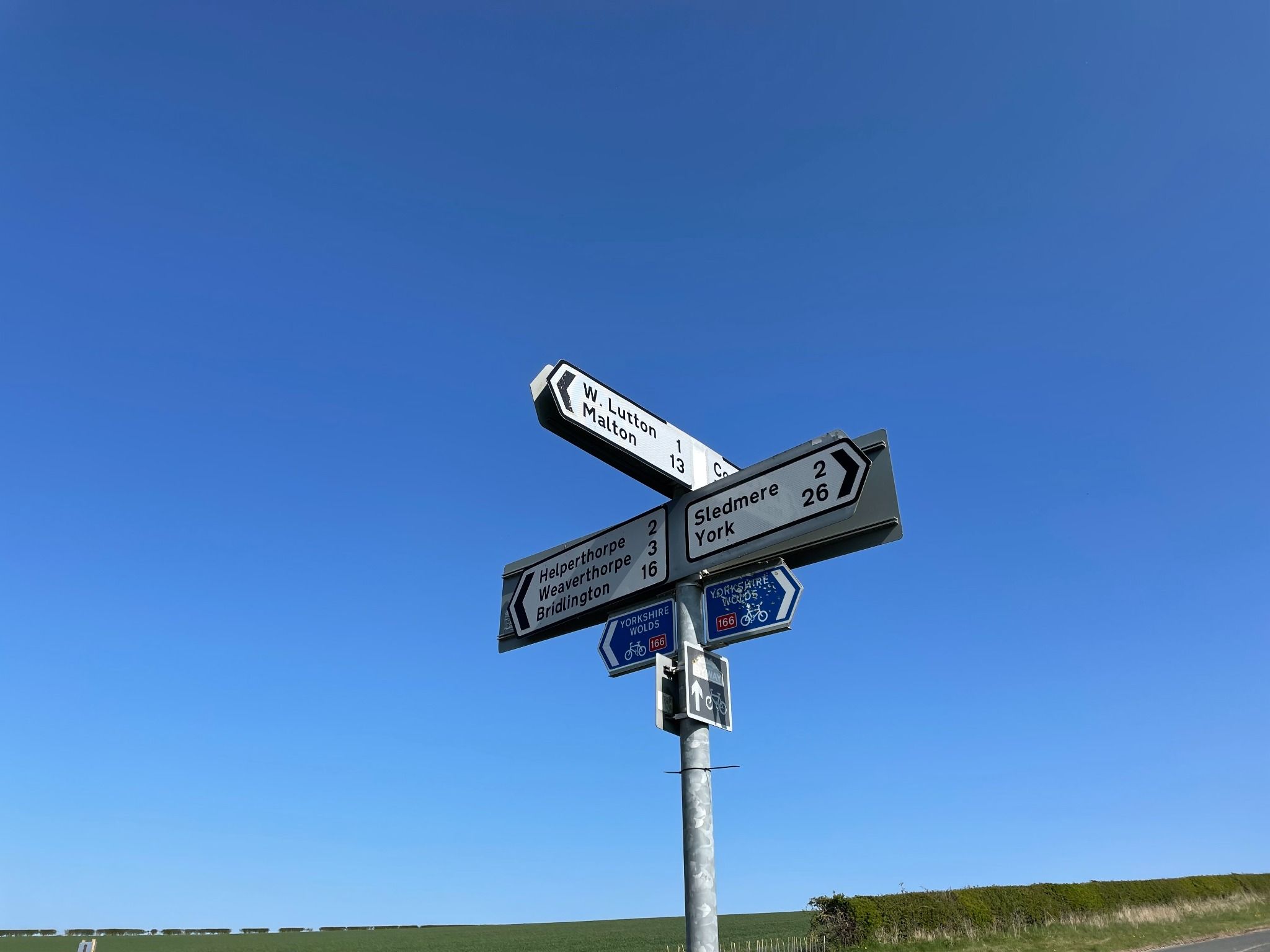Here’s our guide to help you getting to grips with them
Britain’s roads are littered with all manner of signs. From giving instructions on which direction to take, to telling you the speed limit and what obstacles might be in the road ahead, there are hundreds of different ones on our roads.
These signs might not always be as simple as you might expect, but there are various different tips and tricks that help you understand them better and improve your safety on the road. Let’s take a look.
Road sign shapes and colours
 Essentially, the shape of a sign and the colour of it immediately gives you an instruction.
Essentially, the shape of a sign and the colour of it immediately gives you an instruction.
A red circular sign limit, used for speed signs, for example, tells you something that you must NOT do to stay within the law – such as exceeding the speed limit on the sign. These red circular features can also be used to tell you not to overtake, not to stop or even to say that no vehicles are prohibited.
The next type of sign is a blue circle, which tells you something you must do – it’s a compulsory instruction. They’re used to tell you to go ahead only, for example, as well give way to the right on a roundabout.
The final sign, which is particularly common in the UK, has a red triangular outline, which are warning signs telling you of hazards ahead. These include that there are sharp bends in the road, that it’s a slippery road or that there are crossroads, but there are plenty of other examples too.
Direction signs
 The next type of signs we’ll be looking at are direction signs used on our roads.
The next type of signs we’ll be looking at are direction signs used on our roads.
Blue background signs are commonly used on motorways, and show three things. The first is how many miles until you reach a certain destination, the second is the junction number and how far that junction is away. Third, they display information about which lane you need to be in to get to your destination. Green background signs are used on primary routes to display road information, with other colours appearing on the signs.
Blue sections on these signs, for example, give information about motorways, while brown sections display tourist attractions. Places listed in white boxes, meanwhile, let you know which local or non-primary routes you can take. Meanwhile white signs with black borders are usually found on non-primary and local routes, and provide more precise information around how far a location is away. Finally yellow signs let you know around any road closures, as well as diversions that might be in place.
Information signs
 Information signs don’t follow the same pattern as others here, as they can be in various colours and styles. They are, however, usually square and rectangular in shape.
Information signs don’t follow the same pattern as others here, as they can be in various colours and styles. They are, however, usually square and rectangular in shape.
They tell you information such as bus lanes, controlled parking zones, slip roads on motorways and ‘countdown’ makers for exits on motorways and dual carriageways.
Variable road signs
It’s worth noting that there are now digital variable road signs in operation in the UK, particularly on smart motorways. This information is displayed on overhead gantries, where there can be a variable speed limit in place, depending on traffic and conditions.
These signs also tell you that you need to change lanes ahead of a lane being closed. Once you get to the ‘closed’ section, a red ‘X’ will appear on the overhead gantry. It is illegal to drive through these and you risk a fine and points on your licence.
If you’re unsure about any road sign while driving, you should always exert particular caution, while looking at the Highway Code is a great way to build and reinforce your knowledge on road signs.